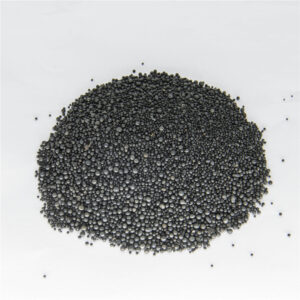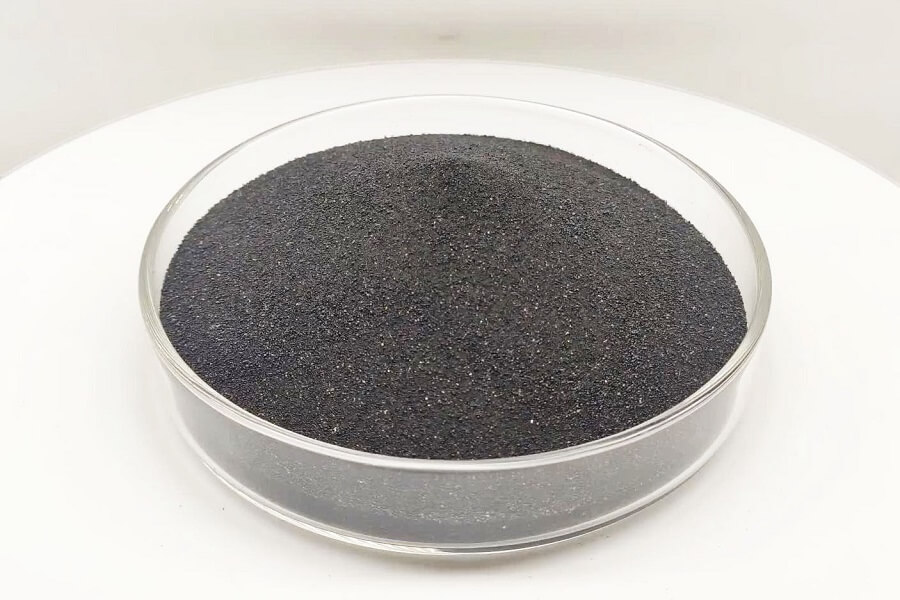- Raw Material-Bauxite
Raw aluminum cores contain lots of free water, crystal water, and low melting point components. Using natural aluminum cores to produce consumes a large amount of electric energy. It is challenging to eliminate low melting point components, causing the product’s instability and affecting product quality. It is essential to calcine the raw aluminum cores and use wrought aluminum cores (so-called bauxite) as the primary material. - Homogenizing Bauxite
The percentage of Al2O3 in wrought aluminum is different from time to time. To keep the stability of Al2O3 and other minor elements and ensure the mineral phase to be the Mullite phase, we need to homogenize bauxite. - Atomizing Bauxite
The size of the bauxite varies a lot. For easy fusion and easy transportation, the bauxite needs to be atomized into pieces ranging from 30mm to 100mm and process another homogenization round. - Fusing and Shaping
The bauxite, as a refractory, could stand for over 2000oC, so we must use electric arc melting to fuse it by applying low voltage and strong current. The fusing voltage should range from 85V to 130V, and the temperature should be over 2200oC. Then the melt mineral liquid forms spherical particles through the blow of high-pressure air. The pressure of air should be 0.4MPa – 0.5MPa. In the cooling process of creating spherical particles, to avoid cooling pressure, we use slowing cooling and change the nozzle structure so that we could get the expected size distribution. - Screening
The traditional screening method for foundry sand is called the three-screening method, which means that three consecutive sieves’ concentration is more than 75%. But this could not satisfy the need of the ceramic Sand, which is the concentration of a single sieve is more than 85%, and the residual of two consecutive sieves is less than 15%. Because of the negative effect from the aluminum carbonate fiber and iron, the result of the screening is as follows:
14Mesh: 0.141mm 70Mesh: 0.212mm
20Mesh: 0.85mm 100Mesh: 0.153mm
30Mesh: 0.6mm 140Mesh: 0.105mm
36Mesh: 0.425mm 200Mesh: 0.073mm
50Mesh: 0.3mm Over 200Mesh - Mixing
Because of the spherical sand’s grain shape, the combination of the ceramic Sand follows a normal distribution. Based on the requirements of AFS, different size of the ceramic Sand is mixed and stirred. - Testing
Testing in the screening process: Spot checks every mesh number of the ceramic Sand to ensure that the single sieve mesh number concentration meets the requirement. Also, test the running situation of the equipment.
Testing the mixed sand: Apply a scientific sampling method to test whether the residual in each mesh number meets the requirements.
Menu


